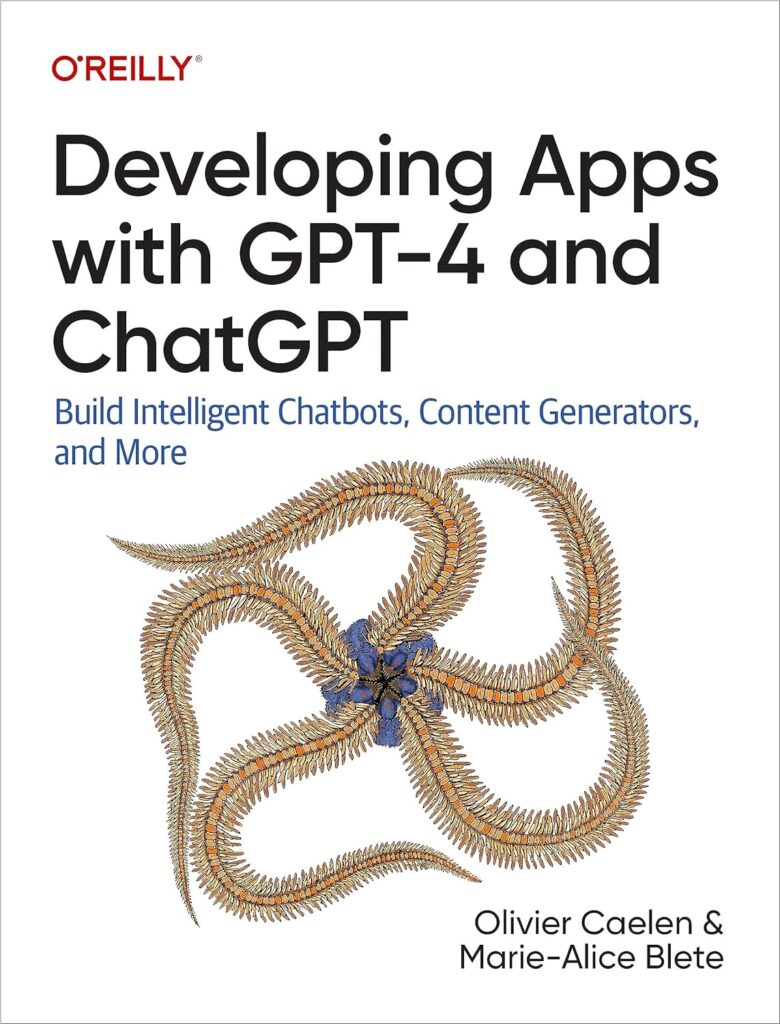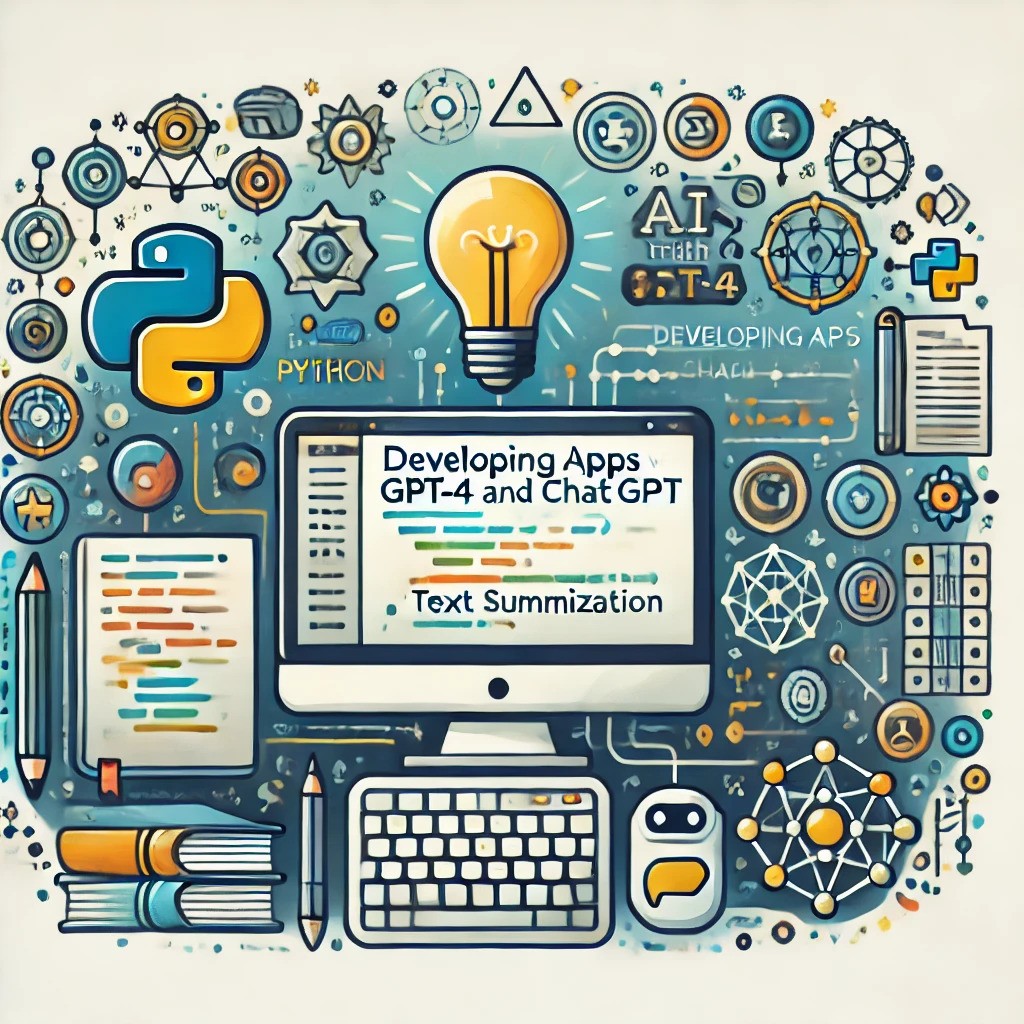TL;DR: This book is a practical and beginner-friendly guide to building AI-powered applications using OpenAI’s GPT-4 and ChatGPT APIs. Ideal for developers, tinkerers, and product builders who want to go beyond the ChatGPT interface and integrate large language models (LLMs) into real-world apps.
🧠 Why Read This Book?
With large language models (LLMs) like GPT-4 revolutionizing everything from content creation to customer service, knowing how to use OpenAI’s APIs is a must-have skill for developers and innovators. This book, Developing Apps with GPT-4 and ChatGPT, offers a hands-on guide to integrating OpenAI’s services into your own intelligent applications—without needing a PhD in AI.
Whether you’re a solo dev, a startup founder, or an engineer curious about generative AI, this book gives you the tools to go from zero to GPT hero.
📘 Book Structure and Key Takeaways
🔍 Chapter 1: GPT-4 and ChatGPT Essentials
- Explains what LLMs are and how they work, including:
- Transformer architecture
- Self-attention & cross-attention
- Tokenization & prompt processing
- Traces the evolution from GPT-1 to GPT-4 and introduces InstructGPT.
- Real-world use cases from Khan Academy, Waymark, Morgan Stanley, and more.
- Highlights the importance of understanding AI hallucinations and model limitations.
🔧 Chapter 2: Deep Dive into the OpenAI API
- Guides you through:
- Setting up API keys
- Using the OpenAI Python library
- Parameters like
temperature,max_tokens,prompt, andmessages
- Introduces key APIs: Chat Completion, Text Completion, Embeddings, Moderation, Whisper, and DALL·E
- Covers token usage, cost management, and data privacy best practices.
🛠️ Chapter 3: Building Real GPT-Powered Apps
Sample projects include:
- 📰 News Article Generator — Create styled news content from factual bullet points.
- 🎥 YouTube Summarizer — Combine transcript extraction + ChatGPT summarization.
- 🎮 Zelda BOTW Expert Q&A — Uses embeddings + ChatGPT to answer questions on custom data.
- 🎙️ Voice Control Assistant — Leverages Whisper for voice input, GPT-4 for action handling.
This chapter also discusses security concerns like prompt injection and safe API key usage.
🧪 Chapter 4: Advanced Techniques
- Prompt Engineering Tips:
- Define role, context, and task
- Use few-shot examples, negative prompts, and step-by-step reasoning
- Fine-Tuning: How to retrain models on specific datasets for niche tasks (e.g. legal, financial, or marketing).
🔗 Chapter 5: LangChain & GPT-4 Plug-ins
- LangChain — A powerful framework to manage complex LLM apps using:
- Document loaders, vector stores (e.g. FAISS), agents, and tools
- GPT-4 Plug-ins — How to extend GPT-4 by connecting it to external APIs using:
- A plug-in manifest (JSON) and OpenAPI spec (YAML)
✨ Final Thoughts: Why This Book Stands Out
With clear examples and practical projects, this book is more than just a technical manual—it’s an invitation to build the future with AI.
As someone who enjoys learning by building, I found the real-world case studies and project walkthroughs incredibly helpful. The writing is approachable, and the authors do a great job making advanced AI concepts understandable for devs who aren’t AI specialists.
If you’ve ever wanted to build your own GPT-powered tool, this is your roadmap.
✅ Ideal For:
- Python developers exploring AI
- Startup teams looking to prototype smart features
- Technical product managers and data scientists
- Curious makers who want to move beyond ChatGPT’s UI


